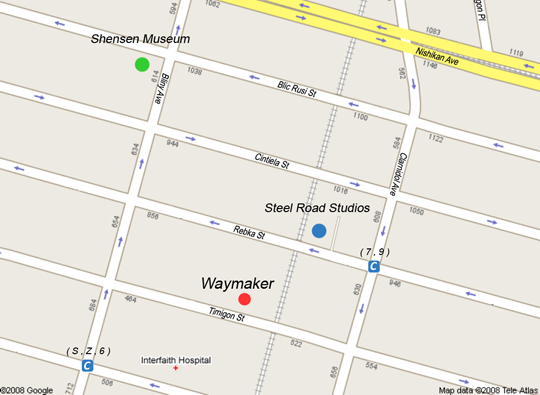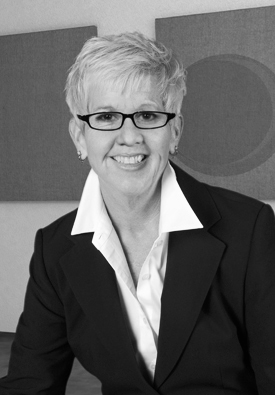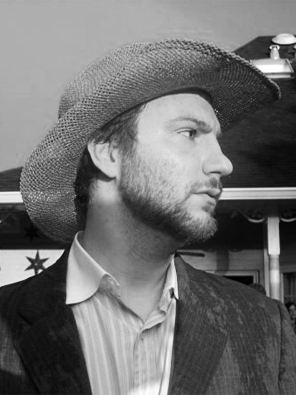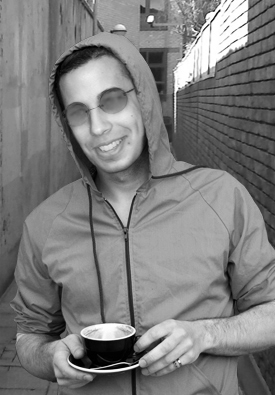The Waymaker Gallery was founded on the premise of expanding the realm of possibility and allowing artists and curators a free space within which to explore their ideas. Existing in the under-explored space between commercial venues, public institutions, and physical space, the gallery offers artists the chance to make work that is not bound by traditional constraints or expectations. With its primary location in Yorkton, New Caladon it is close to nearly any physical or historical context that can be imagined- allowing artists to re-invent themselves in ways meaningful to their practice.
A container reshapes whatever it contains something as true for art as a glass of water. With this in mind, the Waymaker Gallery is a venue that conforms to the art it exhibits rather than the other way around, adapting to the artist's practice rather than forcing the artist to adapt. Over time the gallery is reshaped even as it is reimagined.
Isabalin Novax distinguished herself as a prominent lawyer specializing in intellectual property rights before leaving that career to raise her children with former husband and real estate magnate Carl Novax. Divorcing in 2003 she kept the name and little else, asking in the settlement for only two things- the art collection she had painstakingly built and an old warehouse located in the Little Malanor section of Yorkton. She has long been involved with the art world in New Caladon and was a member of the advisory committee organized by MOMA on the topic of New Caladonian art. She has published two books, ‘Art and Agency in the Age of Copyright’ and more recently ‘Collecting Contemporary- New and Old Caladon’. When the ‘Desperado’ show was banned from the New Caladonian Modern she used the warehouse space in Little Malanor to exhibit as many of the works as she could- and spent three days in jail for disobeying a public order. The essay she wrote in prison was later published in both the Yorkton Chronicle and the magazine New Culturalism.
The experience made her realize that the world needed new and more open minded venues for art and she began to remodel and restructure the warehouse to try and make it suitable as a permanent exhibition space. The Waymaker Gallery is named after Bliny Waymaker, the legendary and notorious figure who literally paved the Steel Road uniting the Old North and Old South and that also, unfortunately, became the locus for the Two-Hundred-Years War. ‘For better or worse, art is way of making of roads into unknown lands of both the imagination and the actual, defining not only our destinations but also the means by which we get there.’
|||||||||||||||||||||||||||||||||||||||||||||||||||||||||||||||||||||||||||||||||||||||||||||||||||||||||||||||||||||||||||||||||||||||||||||||||||||||||||||||||||||
Justin Berry attended the High School for the Performing and Visual arts before studying as an undergraduate at the School of the Museum of Fine Arts in Boston / Tufts University. His last semester of undergraduate study was spent circumnavigating the globe as part of Semester at Sea, an experience he used to examine both art practice and institutional structures around the globe. During graduate school at the School of the Art Institute of Chicago Berry, with a group of his peers, reopened an old art space named Alogon and established a program there based on curating curators. He also put together a panel discussion on the topic of alternative spaces that included experts on both sides of the fence, from major institutions like the MCA to apartment galleries like Lloyd Dobler.
When Isabalin Novax decided to found the Waymaker Gallery she asked Berry to act as a correspondent with the art scene in America and especially New York to help organize and implement annexes, or special events, at non-gallery based locations. Her idea was to establish a gallery that extended beyond the boundaries of the building and into the world at large. Berry’s unique drive to expand the realm of possibility made him perfect for the task. Looking for new ways to establish venues without walls and exhibits without ceilings, Berry’s job is to use the gallery as a way to promote and exhibit work that would otherwise go unnoticed or that is incapable of representation in the traditional sense.
Berry is also an artist who exhibits his work at the gallery.
|||||||||||||||||||||||||||||||||||||||||||||||||||||||||||||||||||||||||||||||||||||||||||||||||||||||||||||||||||||||||||||||||||||||||||||||||||||||||||||||||||||
David Johanson got his Master’s of Arts Administration from Perluen University and was instrumental in making the gallery exist in its current form. He is not only the first face you see when visiting the gallery, he is also the webmaster of our online content.



